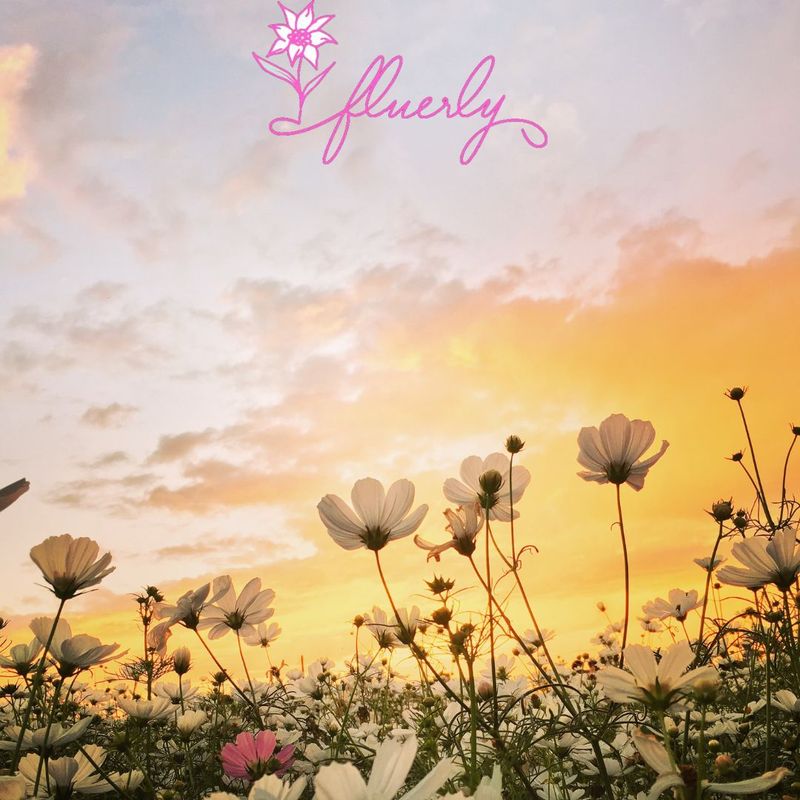Bad insect invasions generally need a mix of cultural management measures and chemical bug spray solutions. Snails and slugs are the most common offenders since they attack young leaves but even attack mature plants. Greenflies, which feed on a plant's nectar, are another insect.

What Is Eating My Lupines? - All Major Offenders
Slugs And Snails
Slugs and snails have historically destroyed lupine plants. A slime path leads them to the plants, and the cracks they make in them are obvious. These two main garden pests love lupine blooms. They're crazy over them. While these insects are small, their effects are huge.
They are a constant danger to the lupine plants. Lupines that are smaller and less hardy have a good chance of being completely wiped out, but older, stronger plants can survive.

Worms

While they may eat the plant's petals and blooms, they prefer to eat its underlying structures, the underground stem, and roots. Consequently, you probably are not able to see the worms immediately. Instead, you can tell whether they're all around by looking at your lupines.
They are infested with worms if plants are withering, losing flowers, or showing considerable darkening of their leaves.
Aphids
They are a common problem in gardens, and lupines are only one of the plants they like to eat.
Aphids are found on a lupine at any time of the year, but most are there in the spring when a plant is trying to bloom for the first time. In their normal state, aphids feed on the lupine's sap, making the plant weaker and more likely to get sick. Under such circumstances, it is not unusual for the plant to die. Lupin aphids may rapidly and utterly devastate a plant.
Although lupin aphids don't technically eat the plant, they pose a significant threat. They feed on the plant's sap, and a severe infestation may kill off a lupin. If you spot any aphids on your lupin, take action before they take over.

Deer
Okay, let's begin with some deer. Although lupine blooms aren't very tasty, deer will test them out. Because it doesn't seem like they are picky about the plants they eat. Also, the danger zone goes about 3 feet up into the air. To a greater extent, this is valid whenever they are unable to locate any other potential sources of nourishment.

However, they strongly dislike lupine blooms and will immediately abandon their meal. If a few deer have eaten off your lupines, don't worry; their leaves will regenerate swiftly and robustly in early spring.

The Ways To Stop Such Offenders From Consuming Lupines
Repellent Sprays For Deer
You'll need a different strategy while interacting with deer. While deer may nibble on your lupines occasionally, they don't particularly care for them, so many farmers take a holistic approach to keep them away. Deer may be discouraged from eating your garden plants by using one of many methods, including spraying the flowers with deer repellent and putting detergent bars or human hair nearby the plants.

Eliminating Slug, Snails & Other Worms
If slugs are a problem, what can you do to protect your lupins from them? Well, you have a few alternatives; choosing one will depend on how you grow your garden.
Slug Pellets
Putting down slug pellets around your lupins is the most effective approach to killing slugs if you don't care about organic gardening. However, we wouldn't recommend doing so if you have little children or dogs in the garden since the tiny blue pellets might be irresistible, even though they are poisonous.
Nematodes
Nitrate-resistant nematodes are a common form of roundworm found in the soil. When the germs penetrate the host, such as a slug or snail, they cause illness. The slug dies right away, and the nematode eats its body. They alter the slug's behavior so it buries itself when it dies, eliminating the need to deal with many corpses on the soil's surface. Nematodes are a natural alternative to chemical pesticides for eradicating slugs. They occur naturally in your soil, and all you're doing by using this product is artificially boosting the population for a while. Nematodes will continue to consume slugs in your yard if they can reproduce and locate a food source.
Intoxicating Beer Traps
Beer traps are an all-natural solution for slug control. A cup is put in the ground so that its rim is even with the top of the soil. Next, you pour beer into the cup. The slugs, lured by the alcohol, will eventually enter the trap. They can't escape and eventually drown unless you take them out personally. Even though they make perfect sense in theory, slugs generally avoid them in practice.
Aphids Elimination
There is a good chance that aphids are eating your lupins if you see little flies of various colors (black or green) flitting about the leaves and stems. Insect pests, known as greenflies, are the most prevalent aphids that damage lupins. Even though they are small, they may cause damage to the leaves by making holes in them. The plant's flowering potential declines when this occurs. These things are common and easy to spot.
Prevention Steps
Manually removing aphids from leaves will not prevent leaf damage. You'll need to do this over and over again. If you start spraying horticultural oil on the plants as you see the aphids, you can eliminate the current population and prevent further infestations.
Slug- and aphid-ravaged lupin needed to be cut down before new growth could emerge. Snip off infected leaves and stems; it's too late to preserve them, and doing so will stimulate new growth and additional blooms. Keep in mind that ladybugs are voracious predators of aphids.

Aphid pesticides are used as a last resort. Remember that these treatments also kill good bugs, so try to stay away from them if you can. However, sometimes they are the only thing that seems to work. Look for an insecticide that says it will eliminate both aphids and greenflies.
Additional Issues With Lupin
Some kinds of slugs and snails feast on the sap of lupine plant leaves, causing significant damage. Slug adults rip holes in plant leaves, leaving behind unattractive slime trails, while juvenile slugs harm the leaf's surfaces.
Fewer slugs and snails are a side effect of planting lupine in sunny areas. Lupines only live for a few years, but seedlings or stems make it easy to start new plants. To keep the color you want, you should cut off the flower heads of hybrids before the seeds mature.
While it would take a very large dose to end up causing symptoms, Some wild lupine organisms are poisonous to most living things, so it's best to avoid eating them.

Conclusion
The different enemies of the lupine flowers are discussed in this article. You now have different options to try to prevent these natural flowers from different types of offenders. The repellent sprays are recommended when there is no other solution left only.







